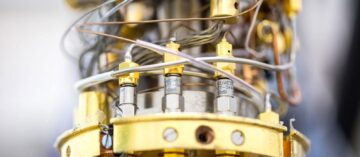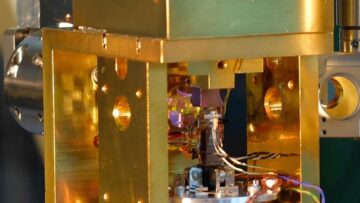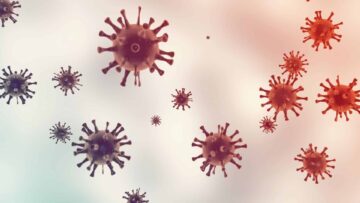What makes the human brain different from other animals? A new study from Yale University set out to answer this question.
In a new analysis, scientists identified species-specific —particularly human-specific- features. They found what makes us human may also make us susceptible to neuropsychiatric diseases.
Scientists mainly looked at the dorsolateral prefrontal cortex (dlPFC). They used a single-cell RNA-sequencing technique to profile gene expression levels in several cells gathered from the dlPFC of an adult human, chimpanzee, macaque, and marmoset monkeys.
They viewed dlPFC as the main component of human identity.
Nenad Sestan, the Harvey and Kate Cushing Professor of Neuroscience at Yale, professor of comparative medicine, genetics, and psychiatry, said, “We don’t know what makes this unique in humans and distinguishes us from other primate species. Now we have more clues.”
The first question that scientists addressed was whether any cell types only found in humans or the other non-human primate species they were analyzed to comprehend these differences better. After grouping cells with similar expression profiles, they discovered 109 shared primate cell types, but they also found five that weren’t shared by all species. These included two distinct types of microglia, or brain-specific immune cells, found only in humans and chimpanzees, respectively.
Scientists also found that the human-specific microglia type exists throughout development and adulthood. This means the cells play a role in maintaining the brain upkeep rather than combatting disease.
Sestan said, “We humans live in a very different environment with a unique lifestyle compared to other primate species, and glia cells, including microglia, are susceptible to these differences. The type of microglia found in the human brain might represent an immune response to the environment.”
Another unexpected finding unique to humans was the FOXP2 gene, which was discovered by examining gene expression in the microglia. This finding sparked a lot of interest because FOXP2 variations have been connected to verbal dyspraxia, a disorder in which sufferers struggle to produce language or speech. According to other investigations, FOXP2 has been linked to several neuropsychiatric disorders, including autism, schizophrenia, and epilepsy.
This gene exhibits primate-specific expression in a subset of excitatory neurons and human-specific expression in microglia.
Shaojie Ma, a postdoctoral associate in Sestan’s lab and co-lead author, said, “FOXP2 has intrigued many scientists for decades, but still we had no idea of what makes it unique in humans versus other primate species. We are extremely excited about the FOXP2 findings because they open new directions in studying language and diseases.”
Journal Reference:
- Shaojie Ma, Nenad Sestan, et al. Molecular and cellular evolution of the primate dorsolateral prefrontal cortex. Science 2022. DOI: 10.1126/science.abo7257













